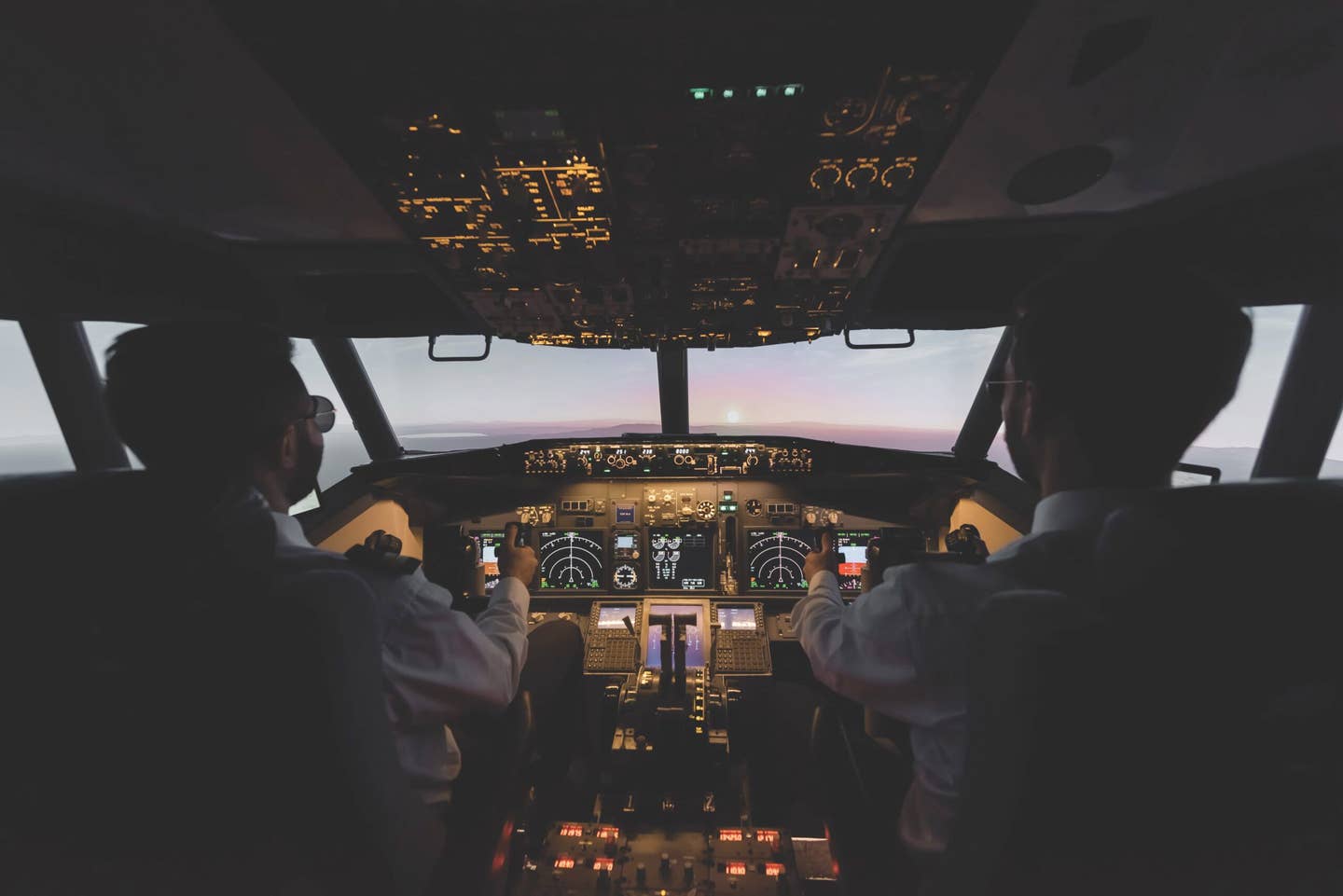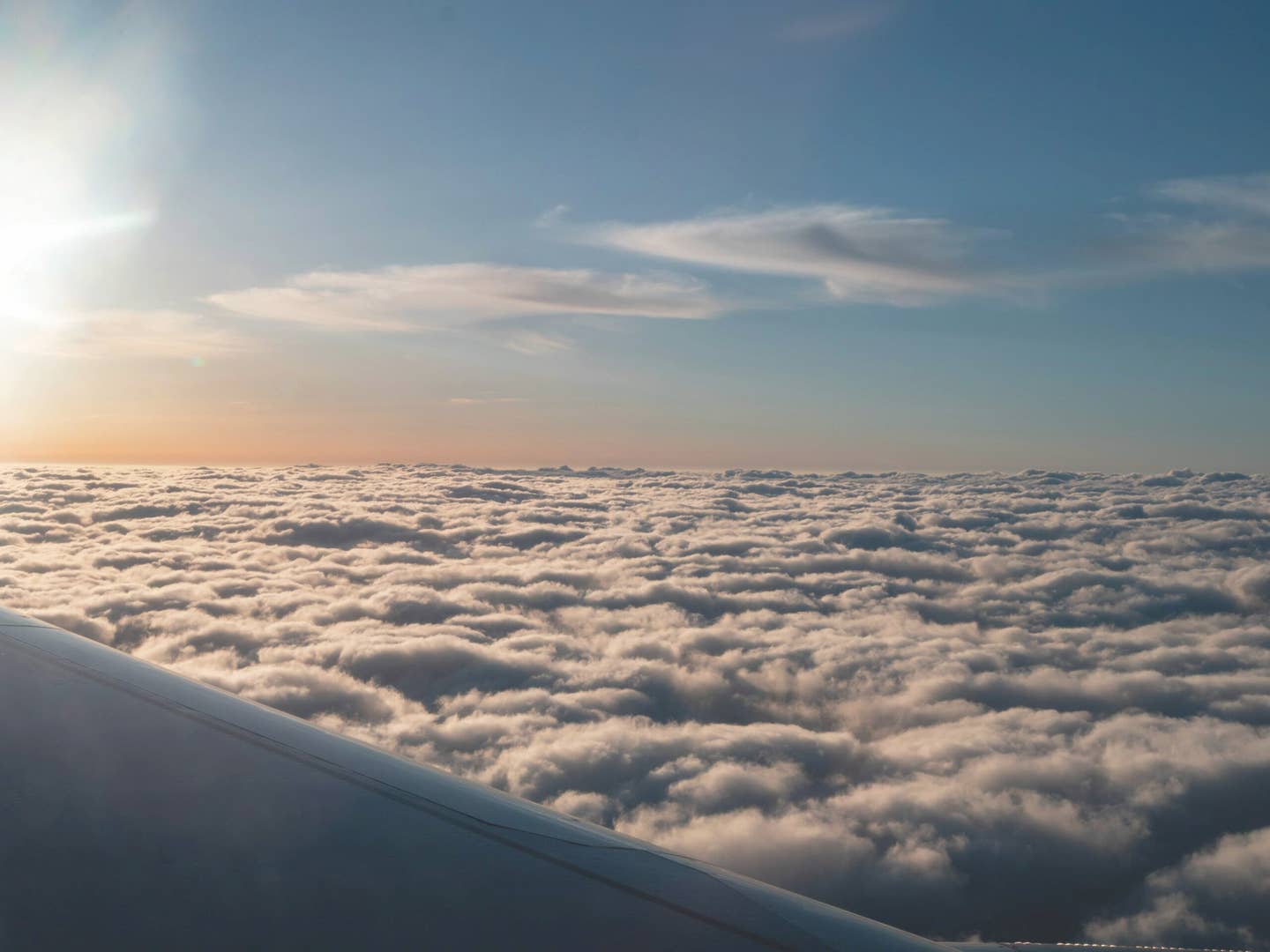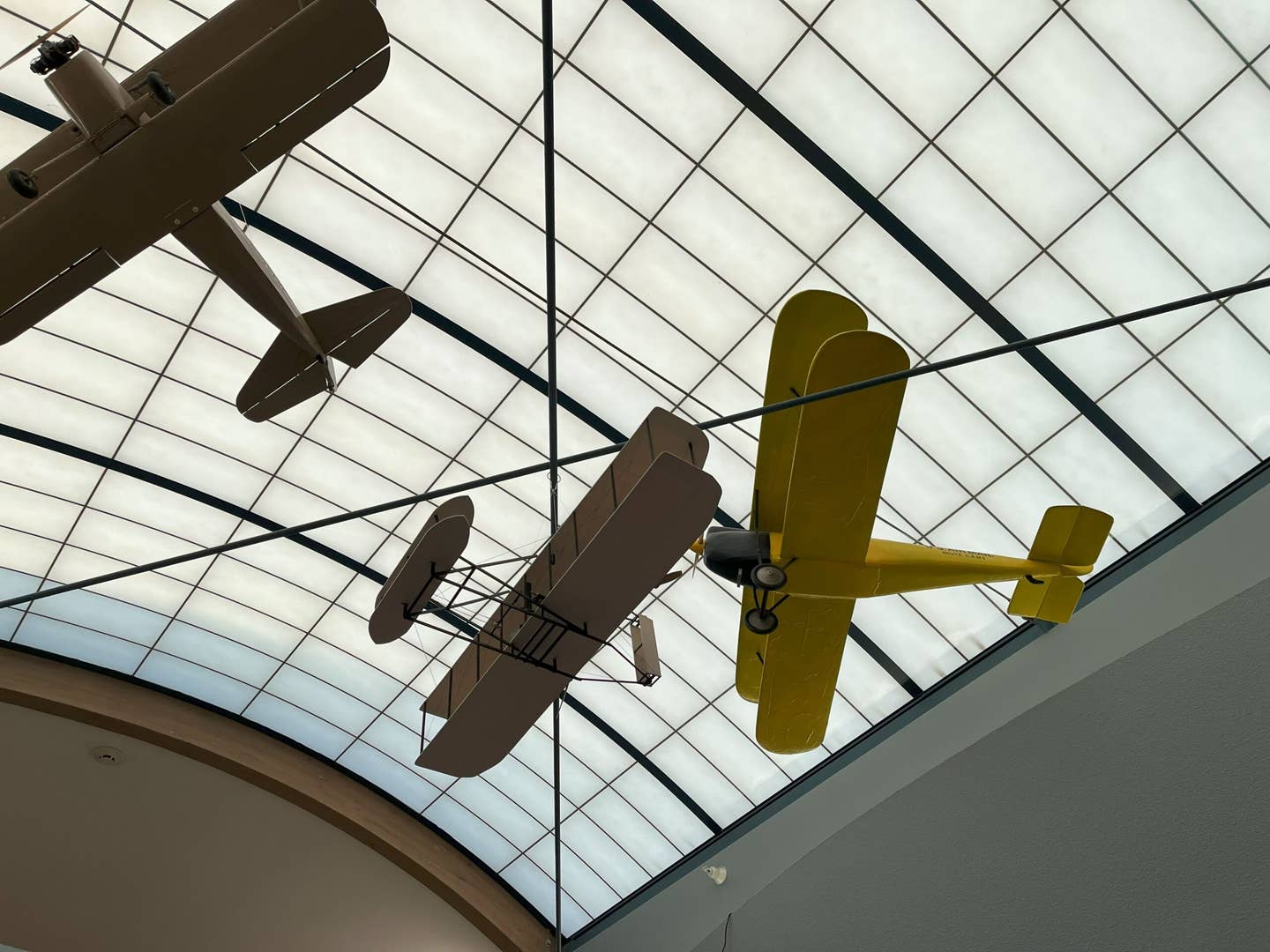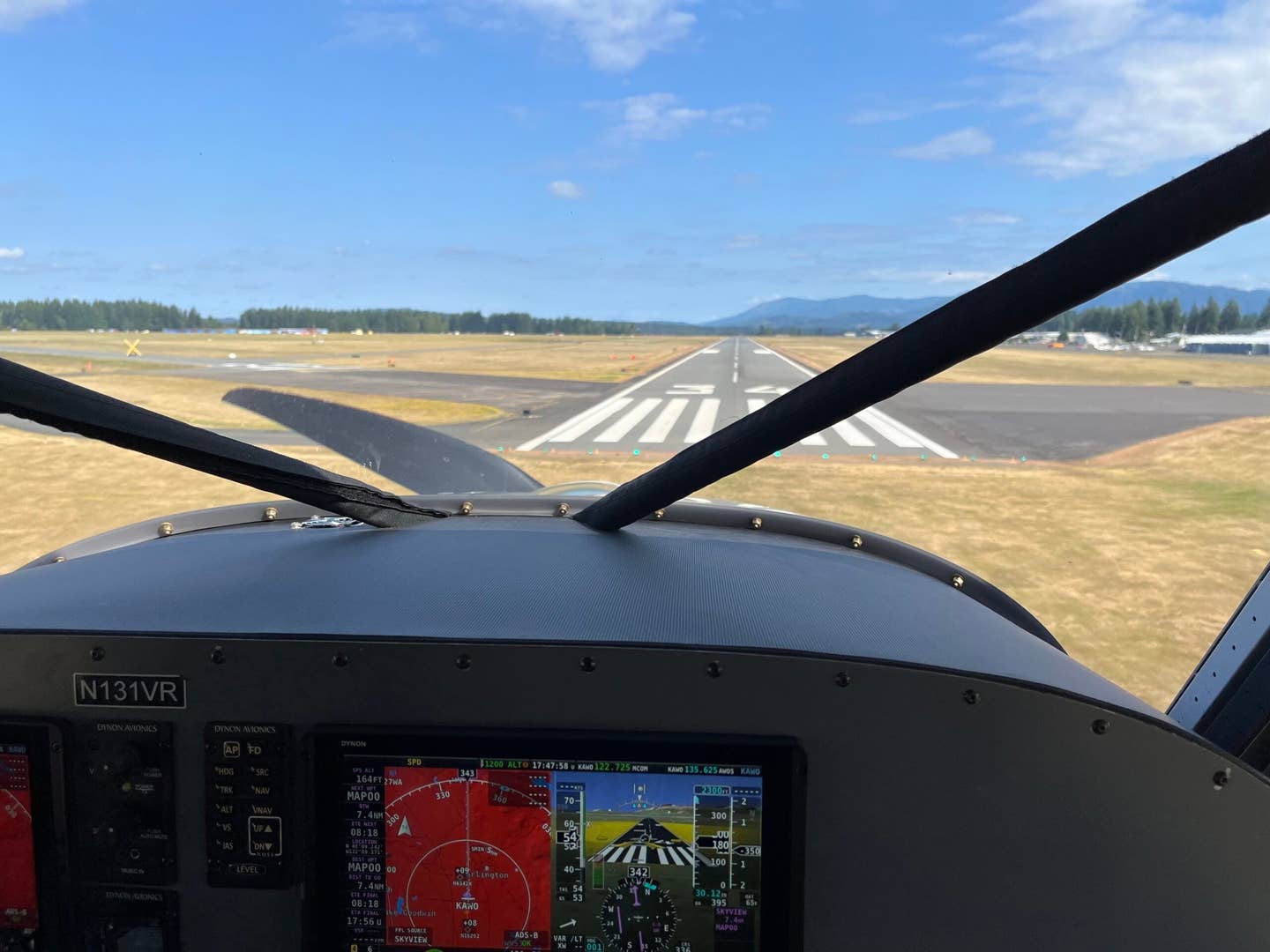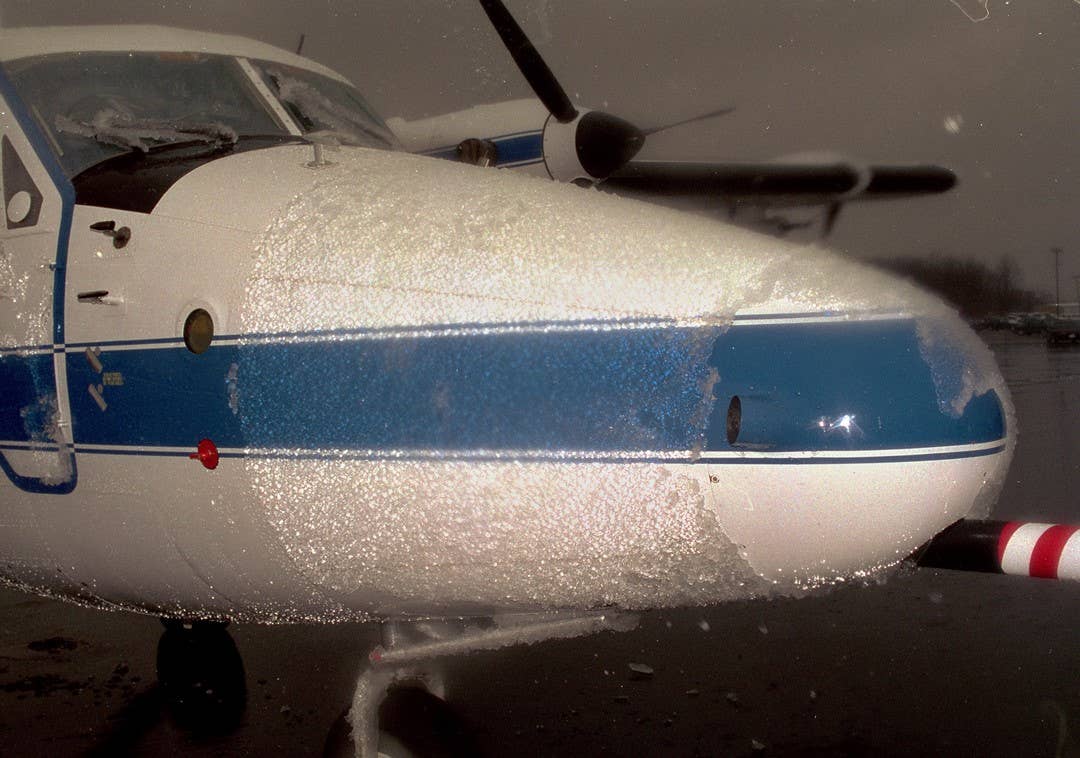
Staying hydrated is key to staying alert and
safe in the cockpit.
You may be reluctant to drink a lot of water before a flight because of the lack of in-flight facilities. Instead, you may drink a big cup of coffee right before you take off to help you stay alert. But caffeine is a diuretic, so not only does it make you want to go to the bathroom more, it also makes you more dehydrated. With no air conditioning in the airplane, the cockpit gets hot and you climb up to altitude, exacerbating the problem.
The first symptom of dehydration is thirstiness, but you can’t rely on your body’s ability to tell you to drink. Unfortunately your body doesn’t tell you to replenish your fluids until it is already too late. Just a small amount of liquid will eliminate your desire to drink. But it won’t hydrate you enough. It will simply shut off the thirst reflex.
Once dehydration sets in further, symptoms include headache, fatigue, cramps, dizziness and sleepiness – bad conditions for a person who needs to perform the complex tasks involved with flying. That is why dehydration is one of the listed aeromedical factors in the Practical Test Standards for the Private Pilot rating. And unlike some of these aeromedical factors, such spatial disorientation, motion sickness and carbon monoxide poisoning, dehydration is a condition that is easily preventable.
To stay properly hydrated under normal conditions, you need to drink eight glasses containing eight ounces of water or other non-caffeinated drinks per day. But if it’s hot or you’re flying at higher altitudes, you will need to drink more to prevent dehydration, as these conditions tend to increase the rate of water loss from the body. You’re best off to sip a little at a time. So bring a couple of water bottles into the cockpit and drink regularly while you’re flying, and keep safe!

Sign-up for newsletters & special offers!
Get the latest FLYING stories & special offers delivered directly to your inbox


